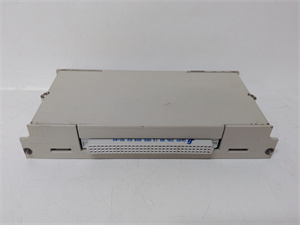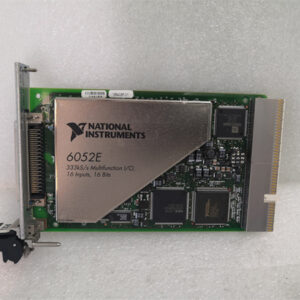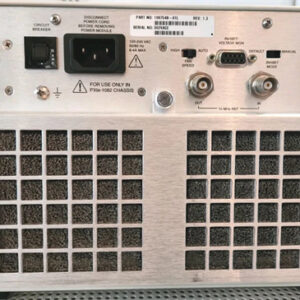Description
NI PXI-8461 Product Description
Detailed Parameter Table
| Parameter Name | Parameter Value |
| Product Model | PXI-8461 |
| Manufacturer | National Instruments |
| Product Category | PXI CAN/LIN Communication Module |
| Form Factor | 3U PXI |
| Slot Requirement | 1 PXI slot |
| Communication Interfaces | 2 CAN ports (ISO 11898-2), 1 LIN port (ISO 9141-2) |
| CAN Data Rates | Up to 1 Mbps |
| LIN Data Rates | Up to 20 kbps |
| Connector Type | 1 x 9-pin D-Sub (female) for CAN/LIN |
| Buffer Size | 8 kB transmit and receive buffers per CAN port |
| Operating Modes | CAN 2.0A, CAN 2.0B active, LIN 1.3/2.0/2.1 |
| Bus Monitoring | Listen-only mode, error frame detection |
| Time Stamping | 1 µs resolution for CAN messages |
| Operating Temperature | 0 °C to 55 °C |
| Storage Temperature | -40 °C to 70 °C |
| Humidity Range | 5% to 95% non-condensing |
| Dimensions | 100 mm (width) x 160 mm (depth) x 37 mm (height) |
| Weight | 320 g |
| Compliance Standards | CE, UL, CSA, FCC Part 15 Class A, ISO 11898-2, ISO 9141-2 |
| Software Compatibility | LabVIEW, LabWindows/CVI, .NET, C/C++, NI-CAN, NI-XNET |
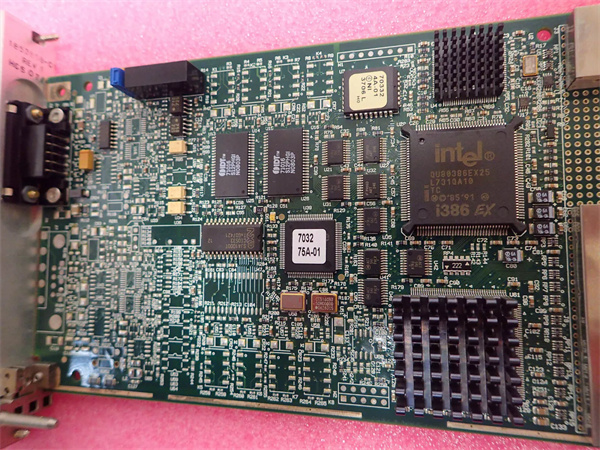
NI PXI-8461
Product Introduction
The NI PXI-8461 is a specialized 3U PXI communication module designed for automotive and industrial control systems requiring reliable CAN (Controller Area Network) and LIN (Local Interconnect Network) connectivity. With 2 CAN ports and 1 LIN port, it provides seamless integration with in-vehicle networks, industrial automation systems, and embedded control applications that utilize these popular serial communication protocols.
This module integrates effortlessly with PXI chassis such as the PXI-1031 and works in tandem with controllers like the PXI-8186, enabling centralized monitoring and control of CAN/LIN networks within a modular PXI system. Its high-speed CAN communication (up to 1 Mbps) and precise time stamping make it ideal for applications ranging from real-time vehicle data logging to automated testing of automotive ECUs (Electronic Control Units). Whether deployed in automotive test benches, industrial machine control, or smart grid systems, the PXI-8461 delivers robust and deterministic communication performance.
Core Advantages and Technical Highlights
Multi-Protocol Support
The PXI-8461 combines 2 CAN ports and 1 LIN port in a single module, eliminating the need for separate CAN and LIN interfaces. This is particularly valuable in automotive applications, where CAN (for high-speed critical systems like engine control) and LIN (for low-speed peripheral systems like door locks) often coexist. Engineers can monitor and control both networks simultaneously, streamlining system design and reducing overall cost.
High-Speed CAN Communication
With CAN data rates up to 1 Mbps and 8 kB buffers per port, the PXI-8461 handles high-volume message traffic typical in automotive and industrial networks. The large buffers prevent data loss during traffic spikes, such as during vehicle startup when multiple ECUs transmit status messages simultaneously. The module’s support for CAN 2.0B active mode enables extended identifier usage, critical for modern vehicle networks with hundreds of nodes.
Precise Time Stamping and Synchronization
Featuring 1 µs resolution time stamping for CAN messages, the PXI-8461 enables accurate event correlation in time-sensitive applications. In automotive crash testing, for example, it can precisely timestamp the sequence of CAN messages from airbag sensors, braking systems, and engine controllers, helping engineers analyze system response times. The module leverages PXI trigger lines for synchronization with other PXI modules, such as the PXI-6608 counter/timer, ensuring coordinated data acquisition across the system.
Advanced Network Diagnostics
The PXI-8461 includes powerful diagnostic tools for troubleshooting CAN/LIN networks. It supports listen-only mode for passive monitoring without interfering with network traffic, error frame detection to identify bus faults, and bit error rate testing (BERT) for validating network integrity. These features simplify the debugging of complex networks, reducing downtime in manufacturing test stations or vehicle development labs.
Typical Application Scenarios
Automotive ECU Testing
In automotive manufacturing, the PXI-8461 is a key component of ECU test systems. It communicates with ECUs via CAN to send control commands (e.g., simulating accelerator input) and receive diagnostic data (e.g., fault codes). The LIN port interfaces with body control modules to test functions like window regulators or interior lighting. When paired with the PXI-4071 DMM, it can correlate CAN message traffic with voltage measurements, verifying that ECUs respond correctly to electrical stimuli.
Vehicle Network Monitoring
During vehicle development, engineers use the PXI-8461 to monitor CAN and LIN networks in real time. It logs messages from various subsystems (e.g., powertrain, infotainment, safety systems) to analyze communication patterns, identify bottlenecks, or verify compliance with automotive standards like ISO 11898. The module’s time stamping capability helps diagnose timing-related issues, such as delayed responses from critical safety systems.
Industrial Automation Control
In industrial settings, the PXI-8461 integrates with CAN-based industrial networks to control machinery and collect sensor data. It can communicate with CANopen devices (e.g., motor drives, robotic arms) to adjust operating parameters and receive status updates. The LIN port interfaces with simpler devices like temperature sensors or limit switches, providing a cost-effective solution for low-speed communication. When combined with the PXI-6527 digital I/O module, it enables hybrid control systems that blend CAN/LIN communication with discrete signal control.

NI PXI-8461
Related Model Recommendations
NI PXI-1031: A 5-slot PXI chassis that houses the PXI-8461 and other modules, providing a compact platform for automotive test systems. For larger setups, the PXI-1042 (18-slot) offers expanded capacity.
NI PXI-8186: A PXI controller that processes data from the PXI-8461, executing test scripts and logging CAN/LIN messages to storage. It runs LabVIEW applications to analyze network traffic and generate test reports.
NI PXI-6608: A counter/timer module that synchronizes with the PXI-8461 via PXI triggers, enabling precise timing of CAN message transmission or reception in coordinated test sequences.
NI-XNET: Software that provides a high-level API for programming the PXI-8461, supporting CAN and LIN communication with features like message filtering, signal conversion, and network simulation.
NI PXI-2510: A matrix switch module that, when paired with the PXI-8461, allows the module to interface with multiple ECUs sequentially, reducing the need for manual reconnections in test stations.
Installation, Commissioning, and Maintenance
Installation Steps
Module Insertion: Power off the PXI chassis (e.g., PXI-1031). Insert the PXI-8461 into an available peripheral slot, ensuring it is fully seated in the backplane. Secure the module with front-panel screws to prevent movement during operation.
Network Connection: Connect CAN/LIN networks to the module’s 9-pin D-Sub connector using shielded twisted-pair cables. Use appropriate terminators (120 Ω for CAN) at the ends of the bus to prevent signal reflections.
Software Installation: Install NI-XNET drivers and NI-CAN software on the PXI controller (e.g., PXI-8186). Launch NI Measurement & Automation Explorer (MAX) to verify the module is detected and configure network parameters.
Commissioning
Network Configuration: Use MAX to set CAN data rates, LIN baud rates, and message filtering parameters. Configure time stamping options and buffer sizes based on application requirements (e.g., larger buffers for high-traffic networks).
Communication Test: Perform a loopback test by connecting the CAN port to itself (using a loopback adapter) and transmitting test messages. Verify that messages are received correctly with accurate time stamps. Repeat for the LIN port using a LIN loopback setup.
System Integration Test: Connect the PXI-8461 to a live CAN/LIN network (e.g., an automotive ECU test harness) and verify communication. Monitor network traffic, send control commands, and check for error frames to ensure reliable operation.
Maintenance Tips
Cable Inspection: Regularly inspect CAN/LIN cables for damage to shielding or connectors, which can introduce noise or signal loss. Ensure twisted-pair cables are used for CAN to minimize electromagnetic interference (EMI).
Termination Check: Verify that CAN bus terminators are properly installed and functioning, as missing or faulty terminators can cause communication errors. Use a multimeter to check for 120 Ω resistance across the CAN_H and CAN_L lines.
Software Updates: Keep NI-XNET drivers updated to support the latest CAN/LIN standards and benefit from performance improvements. Check NI’s website for compatibility with operating systems and other PXI modules.
Environmental Protection: Operate the module within its specified temperature and humidity ranges. In automotive test cells with high EMI, use shielded cables and ground the PXI chassis properly to prevent interference with CAN/LIN signals.
Service and Guarantee Commitment
The NI PXI-8461 is backed by a 2-year standard warranty covering defects in materials and workmanship. National Instruments’ global technical support team provides 24/7 assistance for installation, troubleshooting, and software integration via phone, email, and online resources.
NI offers calibration and repair services to ensure the module meets original performance specifications, including compliance with ISO 11898-2 and ISO 9141-2 standards. Extended warranty plans are available for customers requiring long-term support. Engineered for reliability in demanding automotive and industrial environments, the PXI-8461 delivers consistent CAN/LIN communication performance, backed by NI’s commitment to quality and customer success.
Full 12-month warranty on all components
Dedicated after-sales support
Same-day dispatch on 1000s of parts
All units are fully tested
- 1. Email confirmation
You will get an email confirming that we have received your enquiry. - 2. Dedicated Account Manager
One of our team will be in touch to confirm your part(s) specification and condition. - 3. Your quote
You will receive a comprehensive quote tailored to your specific needs.
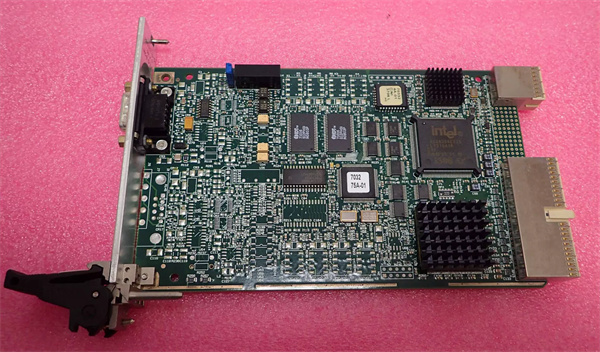
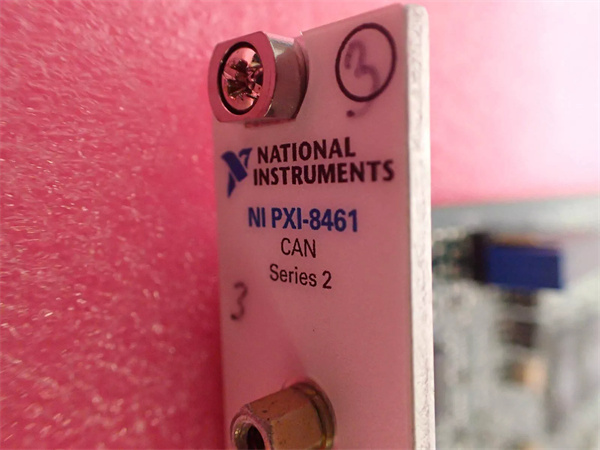
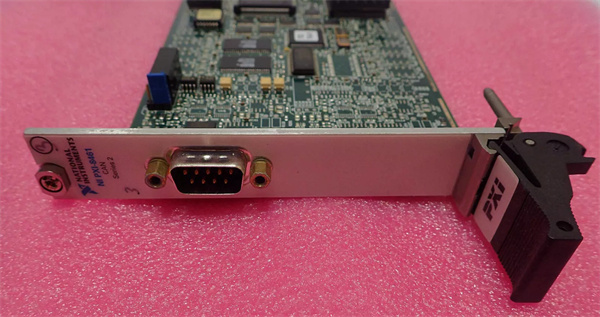
 Full 12-month warranty
Full 12-month warranty Available for dispatch immediately
Available for dispatch immediately We deliver worldwide
We deliver worldwide Full 12-month warranty on all components
Full 12-month warranty on all components